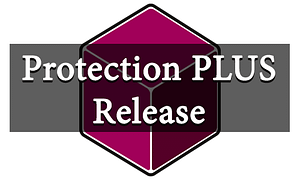Have you ever passed up an opportunity you felt was too good to be true and later came to regret it? I know I regret not capitalizing on the Crypto-Currency / BITCOIN boom! Ready to jump on the increasingly-popular way to increase revenue by charging customers based upon their actual transactional use of your application?
Our company has seen significant growth over the years by tailoring our pricing plans around service usage. In conjunction with the latest SOLO Server Automation release, Protection PLUS 5 SDK now offers YOU the ability to increase revenue through consumption-based licensing.
In our blog post Fill ‘er Up: A Self-Service Look at a Tankful of Usage-Based Licensing Models, we describe several ideas for charging customers based upon their use of your application. This build adds support for what we have called the "gas tank" model.
To utilize this feature, new classes in the .NET Edition and a new API function in the Native Edition have been created to use the new SOLO Server Automation DecrementLicenseCounter web method.
There are new manual topics and additions to the sample applications to showcase consumption-based licensing.
Additional Enhancements and Changes
- The sample applications demonstrate fuzzy-matching system identifier validation logic. When using fuzzy-matching, you can allow your licensed application to tolerate some amount of System Identifier changes.
- We added a new SystemIdentifierValidation. Validate method overload that allows validating only one specified type of identifier. This new method can help simplify your implementation of fuzzy-matching validation.
- The sample applications include saving the manual activation request data as an HTML file and loading the manual activation response file. This makes it simple for your customers who activate manually to copy the HTML request file to a computer with Internet access and double-click it to start the manual activation process. The customer can then download the response data file, copy it to the PC to activate, and load the file from within your application to complete the activation.
For more information on this and a complete list of changes, view the release notes here.

